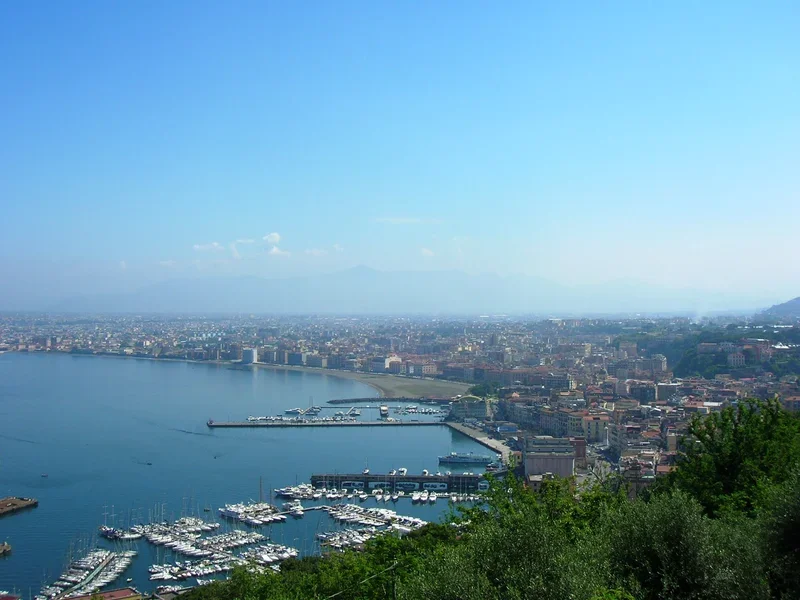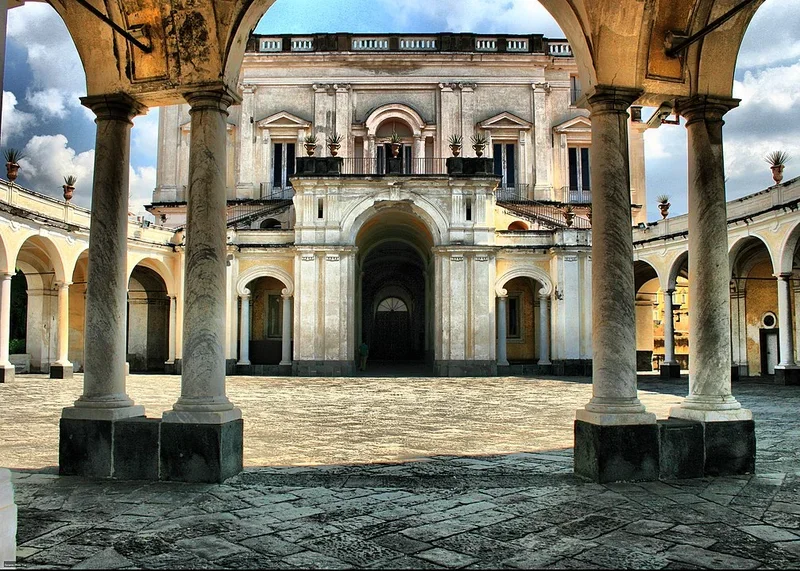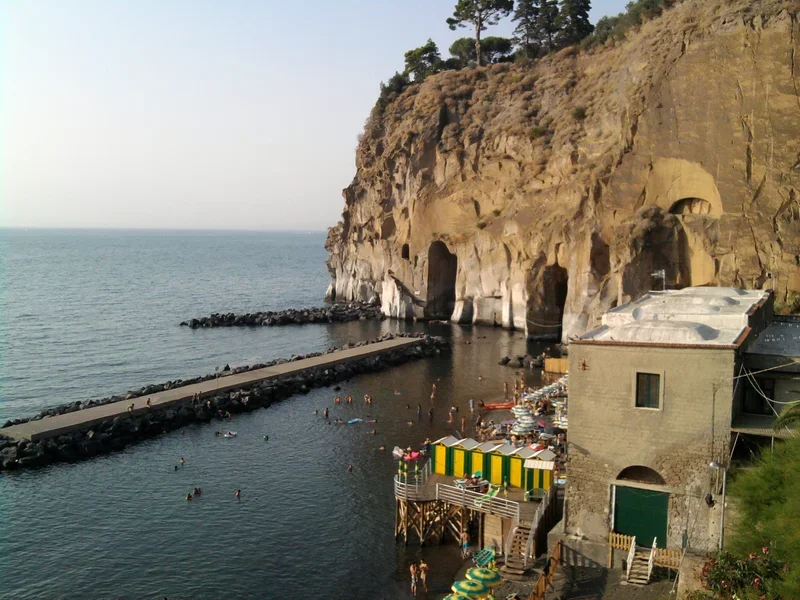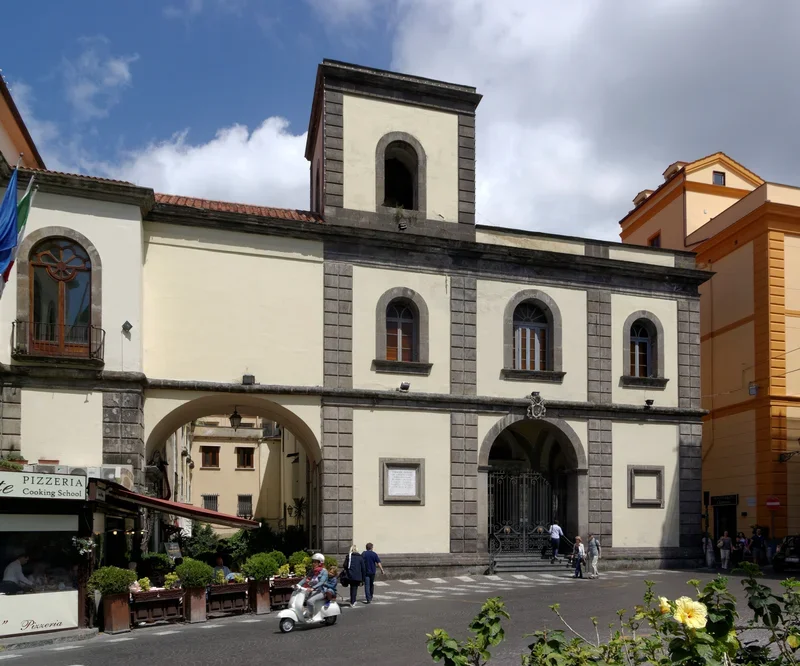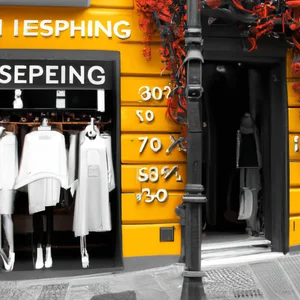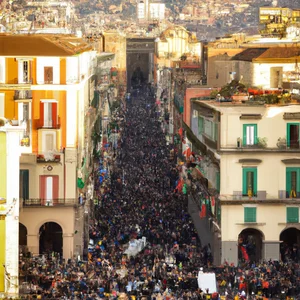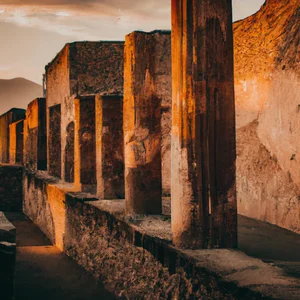Book your experience
Discover the ancient catacombs of Naples dating back 2000 years!
Naples, one of the most fascinating and historically rich cities in Italy, hides within it a unique and mysterious heritage: the catacombs. These ancient burial grounds, dating back over 2,000 years, offer an extraordinary glimpse into the life, death and spirituality of the inhabitants of the time. Immersed in a labyrinth of tunnels and burials, the catacombs represent not only an important archaeological site, but also a symbol of the transition from widespread paganism to expanding Christianity.
In the following article, we will dive into this underground world, exploring ten key aspects of the catacombs of Naples. We will start with their origins and the history that has marked them over the centuries, and then delve into the famous Catacombs of San Gennaro and San Gaudioso, famous for their architecture and the funerary art that characterize them. We will also discover how people’s daily lives were intertwined with these structures and the role of Christian martyrs in their history.
Through an overview of the archaeological excavations and their discovery, we will highlight how these catacombs contributed to the birth of Christianity in the region. There will be no shortage of practical information on guided tours and tourist routes, making the discovery of this cultural heritage more accessible. Finally, we will provide some useful tips for those who wish to immerse themselves in this unique experience. Get ready to explore the depths of Naples and discover the stories these ancient catacombs have to tell!
Origin and history of the catacombs
The catacombs are ancient underground tunnels used mainly as burial places, but also as places of worship and refuge during religious persecutions.
The first catacombs date back to the Roman period, between the 2nd and 4th centuries AD, when the practice of cremation was replaced by that of burial in underground tombs. This occurred mainly due to Roman laws that prohibited burial within the city walls. The catacombs of Naples are among the oldest and most important in Italy, testimony to the presence of Christianity in the region since its dawn.
The Catacombs of San Gennaro
Origin and history of the catacombs
The Catacombs of San Gennaro are one of the oldest and most important catacombs in Naples. They date back to the 2nd century AD. and were used as burial places for early Christians. These catacombs are named after San Gennaro, the patron saint of Naples, whose relics are found inside a chapel within the catacombs.Architecture and funerary art
The Catacombs of San Gennaro extend for approximately 3,000 square meters and are made up of a series of underground galleries, crypts and chapels. The walls of the catacombs are decorated with frescoes and mosaics representing scenes from the life of San Gennaro and the Christian martyrs. The tombs are decorated with religious symbols and inscriptions that testify to the faith of the first Christians.Discovery and archaeological excavations
The Catacombs of San Gennaro were discovered in the 16th century during excavation works for the construction of a new road. The archaeological excavations have brought to light a true historical and artistic treasure, which testifies to the presence and spread of Christianity in Naples since the first centuries of its history.The Catacombs of San Gennaro are today open to the public and can be visited via guided tours that allow visitors to immerse themselves in the history and spirituality of this unique place. During the visit, visitors can admire evidence of the funerary art of the time and discover the daily life of the first Christians who were buried there.
Practical advice for visitors:
- Wear comfortable clothes and shoes suitable for walking in underground tunnels.
- Bring a light jacket with you, as the temperature inside the catacombs can be cooler than outside.
- Respect the silence and sacredness of the place during the visit.
- Follow the tourist guide’s instructions and do not touch the decorations and works of art inside the catacombs.
The Catacombs of San Gaudioso
Origin and history of the catacombs
The Catacombs of San Gaudioso are one of the most evocative and mysterious places in Naples. This underground complex dates back to the late antique period and represents an important archaeological site linked to the history of Christianity in Italy.
The catacombs were originally underground tunnels used as burial places for Christian martyrs and the faithful deceased. The cult of martyrs was very widespread during the period of Roman persecution and the catacombs represented a safe place to keep the remains of saints and martyrs.
The Catacombs of San Gaudioso take their name from the holy bishop who was buried there in the 4th century AD. The complex extends for several kilometers under the city of Naples and presents a labyrinthine structure of galleries, chapels and funerary niches.
The catacombs were used as places of worship and pilgrimage for many centuries, until the 10th century AD. when they began to be abandoned and forgotten. Only in the 19th century were they rediscovered during archaeological excavations which brought to light evidence of the religiosity and daily life of the first Christian communities in Naples.
Architecture and funerary art
The catacombs of Naples are an important example of funerary art and ancient Christian architecture. These underground places were mainly used as Christian cemeteries between the 2nd and 6th centuries AD. and offer an interesting insight into the life and culture of the time.
The catacombs of Naples feature a variety of architectural and decorative styles, reflecting the cultural and artistic influences of the time. The tombs are often decorated with frescoes, mosaics and sculptures representing scenes from daily life, religious symbols and depictions of the deceased. These works of art offer valuable information on the mentality and beliefs of Christians of the time.
The architecture of the catacombs is characterized by an intricate labyrinth of corridors, tunnels and underground rooms, which extend for kilometers below the surface. The tombs are arranged along the corridors, often in niches carved into the rock, and are often decorated with architectural elements such as columns, arches and vaults. This complex underground structure testifies to the importance given to the burial and cult of the dead in ancient Christian culture.
The catacombs of Naples represent an important artistic and historical heritage, which offers visitors the opportunity to immerse themselves in the history and art of ancient Christian Naples. Guided tours of the catacombs allow you to explore these fascinating places, discovering evidence of a distant and fascinating era.
Daily life in the catacombs
The catacombs of Naples offer a precious testimony of daily life in the period in which they were used as burial places. The underground tunnels were also often used as refuges during religious persecutions and as places of worship for the first Christians.
Thanks to the frescoes, inscriptions and objects found inside the catacombs, it is possible to have an idea of the life of the Christian communities that inhabited them. You can observe paintings depicting scenes of daily life, such as field cultivation, fishing, wine production and weaving. Furthermore, you can admire religious symbols and representations of saints and martyrs, which testify to the devotion and faith of the first Christians.
The catacombs were places of meeting and prayer for the Christian community, where funeral rites were celebrated and martyrs were venerated. The frescoes and sculptures inside the catacombs testify to the spiritual life and religiosity of the people who gathered there.
Through the observation of the tombs and burials present in the catacombs, it is possible to have an idea of the funerary traditions and cult of the dead in the late ancient period. The decorations and inscriptions on the tombs provide precious information on the life and death of the people buried inside the catacombs.
The Christian martyrs and the catacombs
Origin and history
The catacombs of Naples have an ancient and fascinating history dating back to Roman times. Initially used as burial places for early Christians and martyrs, the catacombs have developed over the centuries to become important places of worship and pilgrimage.Importance of Christian martyrs
Christian martyrs played a fundamental role in the spread of Christianity in ancient Rome. Many of them were buried inside the catacombs as a symbol of their faith and sacrifice. The catacombs became places of veneration and prayer for the faithful who came to visit the tombs of the martyrs.Symbolism and iconography
In the catacombs of Naples it is possible to find numerous frescoes, graffiti and Christian symbols that represent the life and sacrifice of the martyrs. These funerary works of art were created with the intention of commemorating the martyrs and spreading the Christian faith among the faithful.Legends and traditions
The catacombs of Naples are rich in legends and traditions linked to the Christian martyrs who are buried there. Many of these stories have been handed down for generations and contribute to creating a mystical and evocative atmosphere inside the catacombs.Guided tours and tourist routes
For visitors interested in the history of the Christian martyrs and the catacombs of Naples, guided tours are available which offer the opportunity to explore the different underground environments and discover the hidden secrets of these sacred places.Practical advice for visitors
Before visiting the catacombs of Naples, it is advisable to find out about opening times, ticket costs and access methods. Furthermore, it is important to respect the rules and norms of behavior within the catacombs to guarantee respect for the sacred places and the safety of all visitors.The discovery and archaeological excavations
The discovery of the catacombs
The catacombs of Naples were discovered by chance in the 16th century, during the construction of an aqueduct. Since then they have been the subject of numerous archaeological excavations which have brought to light thousands of meters of underground tunnels and burials dating back to between the 2nd and 5th centuries AD.
The archaeological excavations
The first systematic archaeological excavations in the catacombs of Naples were conducted in the 19th century, when interest in the city's historical and artistic heritage grew. Thanks to these excavations, frescoes, sarcophagi, inscriptions and other finds have been found which have allowed scholars to reconstruct the history and life of the first Christian communities who took refuge there.
The catacombs of Naples are a true underground labyrinth that extends for kilometers beneath the city, with several areas accessible to the public for guided tours. Archaeological excavations continue today, with the aim of preserving and studying this important historical and cultural heritage.
The role of the catacombs in Christianity
The catacombs as places of worship and refuge
The catacombs of Naples have played a fundamental role in the history of Christianity. During the first centuries of the Church, Christians were persecuted and for this reason they secretly gathered in the catacombs to celebrate religious rites and bury their dead. These underground places served as cemeteries, but also as places of worship and refuge for the faithful.
Conservation of relics and martyrs
The catacombs of Naples preserve the remains of numerous Christian martyrs, who have been venerated by the faithful for centuries. The relics of these martyrs are considered sacred and represent an important link with the history of Christianity in the city.
Symbols and religious art
Inside the catacombs you can find numerous religious symbols and paintings that testify to the faith of the first Christians. These funerary works of art represent scenes from the Bible, Christian symbols and depictions of martyrs, helping to keep alive the religious and cultural tradition of the Christian community.
In summary, the catacombs of Naples played a crucial role in the spread and preservation of the Christian faith, serving as places of worship, burial and refuge for persecuted believers. Their historical and religious importance makes them a place of great interest for visitors who wish to delve deeper into the history of Christianity in the city.
Guided tours and tourist routes
Guided tours
The Catacombs of Naples offer several guided tour options for visitors interested in exploring these ancient underground necropolises. Guided tours are generally led by expert archaeologists or art historians who provide detailed information on the history, architecture and funerary art of the catacombs. During the guided tour, visitors will have the opportunity to explore the various environments of the catacombs, such as the galleries, crypts and tombs, and to admire the numerous frescoes and mosaics that decorate the walls.
Tourist routes
The tourist routes in the Catacombs of Naples are designed to allow visitors to discover the highlights of these ancient necropolises in an organized and informative way. Tourist routes can include visits to different sections of the catacombs, such as the Catacombs of San Gennaro and San Gaudioso, and can be customized according to the interests and needs of visitors. During the tourist route, visitors will have the opportunity to learn details about daily life in the catacombs, the Christian martyrs who are buried there and the role of the catacombs in Christianity.
To make the experience of visiting the Catacombs of Naples even more interesting and engaging, it is advisable to book a guided tour or tourist route in advance through one of the numerous tour operators or local tourist agencies. This way, visitors can ensure that they get in-depth information and have a memorable experience when visiting the catacombs.






